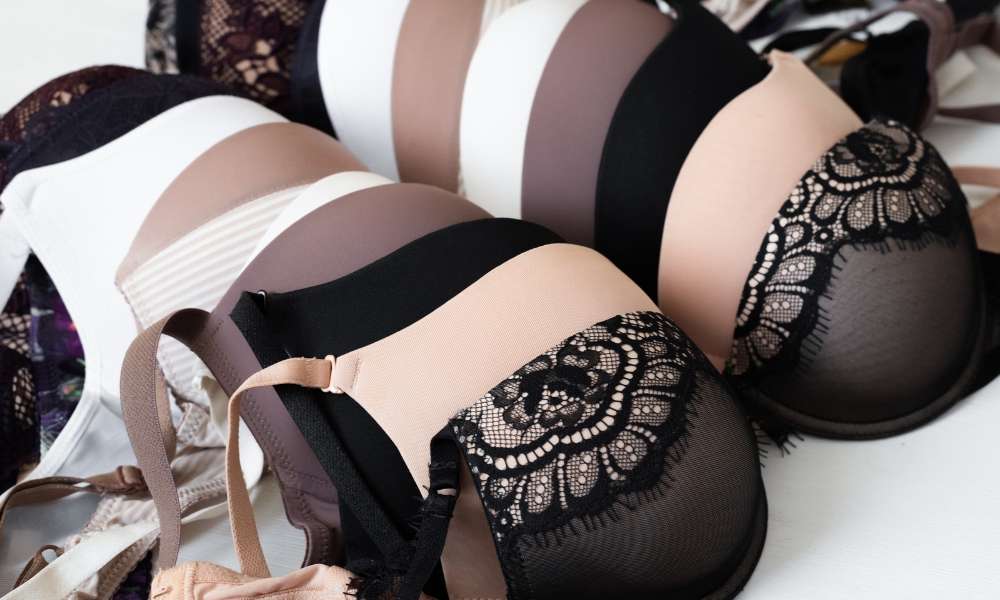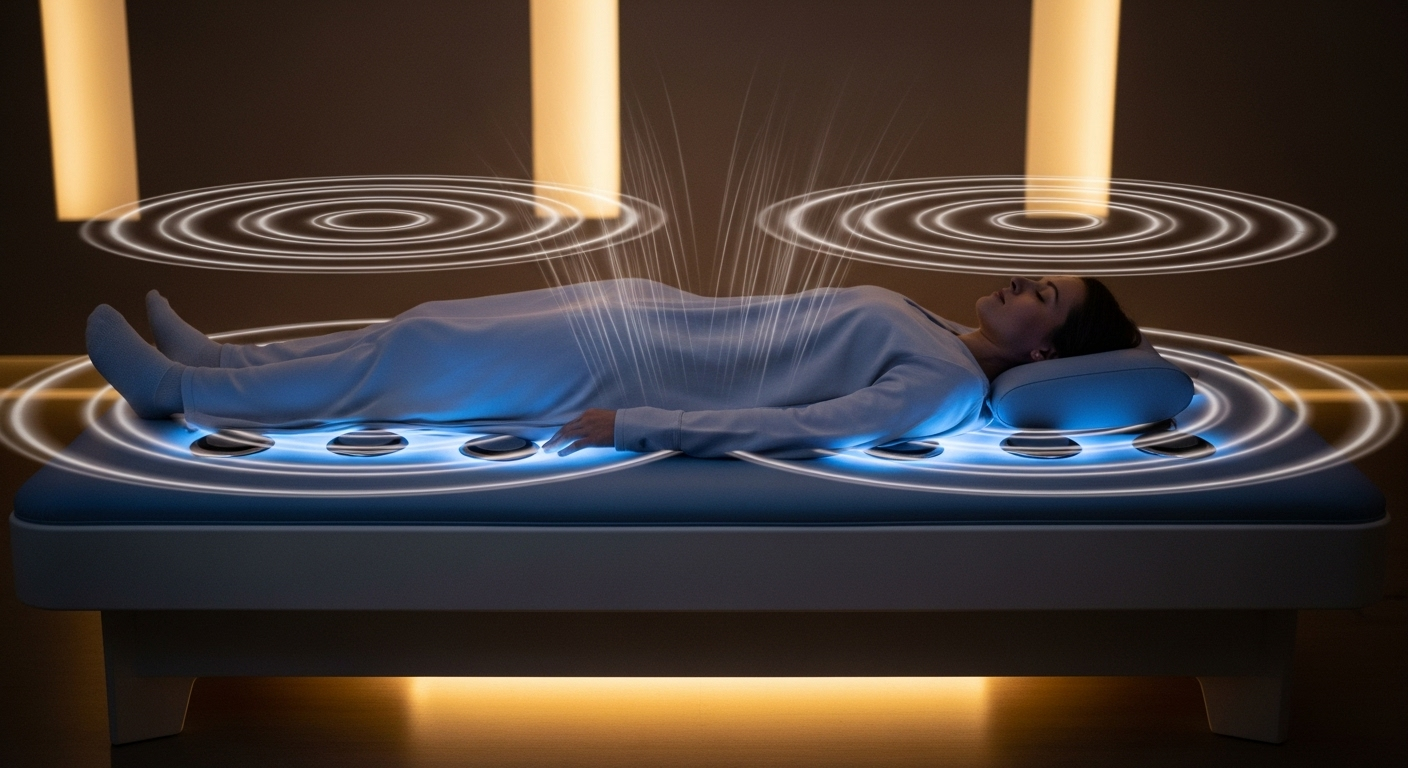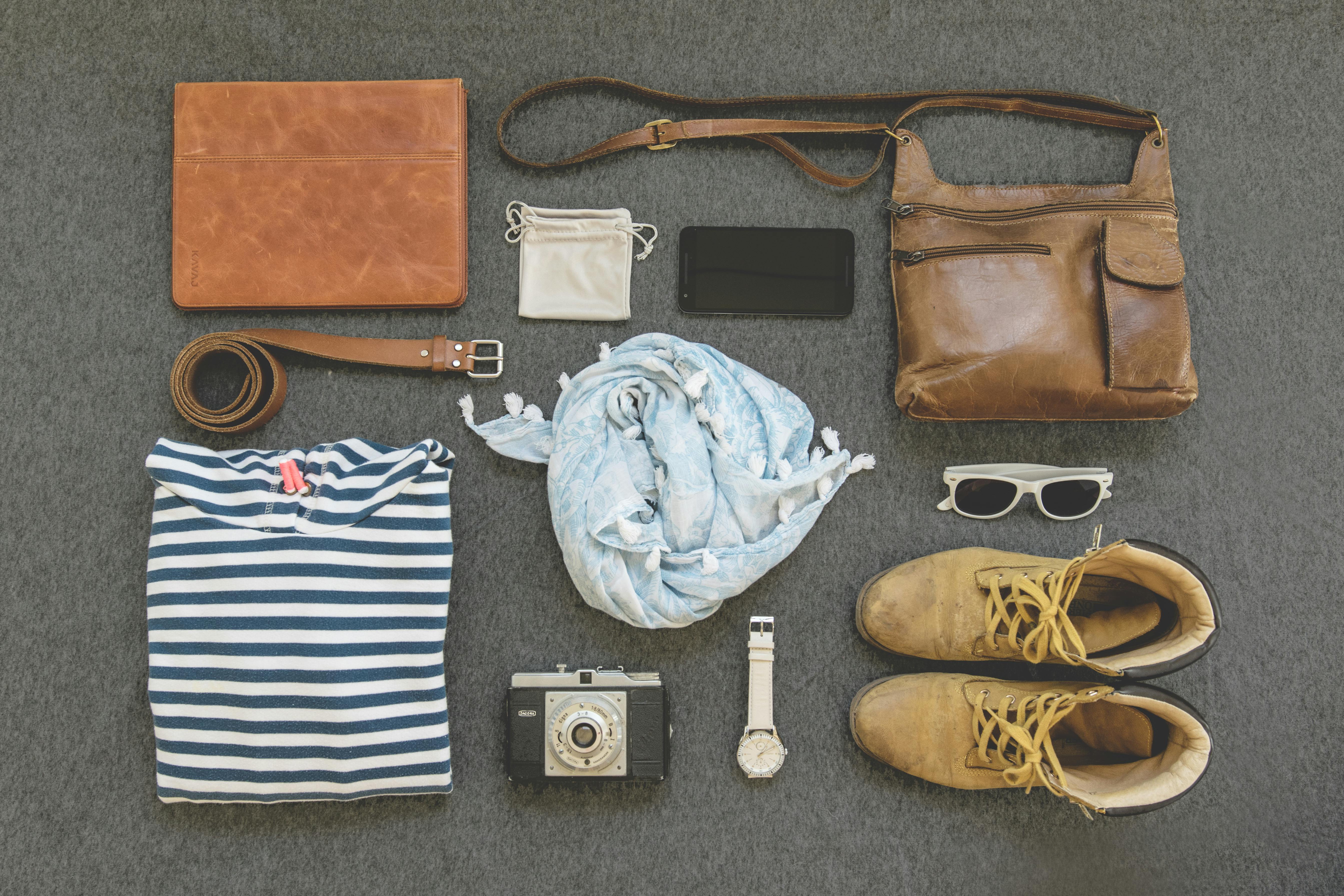Sartorial Silhouettes: The Art of Dress Shapes in Modern Fashion
In the ever-evolving world of fashion, one element stands the test of time: silhouette. The shape and outline of a garment can transform not just an outfit, but the wearer's entire presence. As we navigate the intricate landscape of contemporary style, understanding the power of silhouettes becomes increasingly crucial for both fashion enthusiasts and casual shoppers alike.

The Historical Canvas of Dress Shapes
The journey of dress silhouettes is as rich and varied as fashion itself. In the 1920s, the flapper dress introduced a radical shift from corseted figures to boyish, straight lines. The 1950s saw a return to ultra-feminine shapes with Christian Dior’s New Look, characterized by nipped waists and full skirts. Each era brought its own distinct silhouette, reflecting the zeitgeist and pushing the boundaries of design.
As we moved through the decades, silhouettes continued to evolve. The 1960s embraced the youthful A-line and shift dresses, while the 1970s saw the rise of flowing, bohemian shapes. The power suits of the 1980s gave way to the minimalist slip dresses of the 1990s. This historical perspective not only provides context but also informs current trends, as designers often draw inspiration from the past.
Contemporary Silhouettes: A New Language of Shape
In today’s fashion landscape, silhouettes have become more fluid and diverse than ever before. Designers are blending historical references with modern sensibilities, creating shapes that defy easy categorization. The oversized blazer dress, for instance, combines masculine tailoring with feminine details, resulting in a powerful yet versatile silhouette.
Another emerging trend is the architectural dress, featuring sculptural elements and unexpected volume. These garments often play with proportion, using techniques like asymmetry or exaggerated sleeves to create visual interest. This approach to silhouette allows for individual expression while maintaining a strong fashion-forward aesthetic.
The Psychology of Silhouettes
The impact of dress shapes goes beyond mere aesthetics. Silhouettes have a profound psychological effect, influencing both how we perceive ourselves and how others perceive us. A well-chosen silhouette can boost confidence, alter body perception, and even affect mood.
For example, a structured sheath dress can convey professionalism and authority in a work setting, while a flowing maxi dress might evoke a sense of ease and approachability. Understanding these subtle cues allows fashion-conscious individuals to strategically select silhouettes that align with their personal brand and daily objectives.
Silhouettes and Body Positivity
As the fashion industry moves towards greater inclusivity, silhouettes play a crucial role in the body positivity movement. Designers are now creating shapes that celebrate diverse body types, moving away from the one-size-fits-all approach of the past.
This shift has given rise to adaptive silhouettes - designs that can be adjusted or styled to flatter different figures. Wrap dresses, for instance, have seen a resurgence due to their versatility and ability to complement various body shapes. Similarly, the rise of modular clothing allows wearers to customize their silhouettes, adding or removing elements to suit their preferences.
Technology’s Influence on Silhouette Innovation
Advancements in textile technology and manufacturing processes are revolutionizing the possibilities for dress shapes. Smart fabrics that respond to environmental changes can alter a garment’s silhouette throughout the day. 3D printing in fashion is opening up new avenues for creating complex, previously impossible shapes.
Moreover, augmented reality (AR) and virtual try-on technologies are changing how consumers interact with silhouettes. These tools allow shoppers to visualize how different shapes will look on their bodies before making a purchase, potentially reducing returns and increasing satisfaction with clothing choices.
Mastering the Art of Silhouette Selection
-
Analyze your body shape and identify which silhouettes naturally complement your figure
-
Experiment with contrasting shapes to create visual interest in your outfits
-
Use accessories to modify silhouettes - a belt can instantly transform a loose dress into a waist-defining piece
-
Consider the occasion and setting when choosing a silhouette - some shapes are more appropriate for formal events, while others suit casual settings
-
Don’t be afraid to mix different silhouettes in one outfit for a modern, layered look
-
Pay attention to proportions - balance voluminous pieces with more fitted items
-
Invest in foundational pieces with classic silhouettes that can be styled in multiple ways
As we continue to navigate the complex world of fashion, understanding and harnessing the power of silhouettes becomes increasingly important. These shapes are more than just design elements; they’re a form of personal expression, a tool for confidence, and a reflection of our ever-changing society. By embracing the art of dress shapes, we open ourselves up to a world of sartorial possibilities, where every outfit becomes a canvas for self-expression and style innovation.





